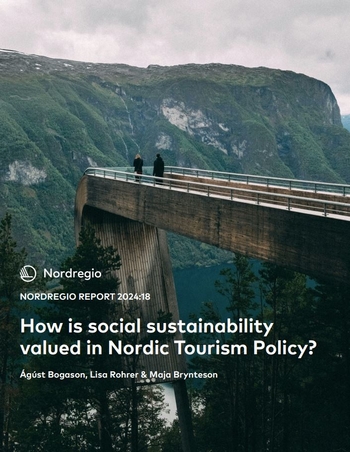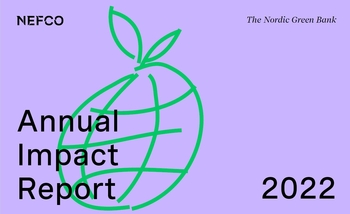Source-Receptor and Inverse Modelling to quantify urban PARTiculate emissions (SRIMPART)

Information
Publish date
Abstract
Airborne particulate matter (PM) is considered to be a significant health risk for humans. Yet, concentration levels in much of Europe still remain high. One of the major emission sources of primary PM2.5 (airborne particle matter with a diameter < 2.5 m) in Nordic countries is wood burning due to domestic heating. Unfortunately, emission inventories for wood burning are difficult to determine and there is a large uncertainty in the impact of these emissions on air quality. In SRIMPART we have applied independent methods to assess the contribution of wood burning to the total PM2.5 concentrations in three Nordic cities (Oslo, Lycksele and Helsinki). These methods include receptor modelling, based on chemical analysis of filter samples, and inverse modelling using dispersion models. The results show that estimates of emissions based on wood consumption or based on the methods applied in SRIMPART have a similar level of uncertainty and so it is not possible to categorically state which is the most correct. However, both methods do agree within their respective uncertainties and this provides support that the long term average emissions from wood burning are correct to within a factor of two.
Publication number
2009:552




